
Every six weeks, Agence France-Presse’s photographer Ed Jones boards a plane from Seoul to Beijing, where he catches a connecting flight to Pyongyang, North Korea’s capital. He’s one of the few Western journalists allowed to enter the secluded country on a regular basis. Jones is aware that such access is particularly important at a time when tensions are rising in the Korean peninsula.
“It is difficult to overstate the privilege I have in being able to travel regularly between North and South, something that it is impossible for the ordinary citizens of each country,” Jones tells TIME. “It is a constant reminder of the predicament of the Korean peninsula and the unimaginable sorrow faced by families forcibly separated by the 250 kilometers of barbed wire and landmines known as the Demilitarized Zone [DMZ].”
Since 1953, after decades of Japanese rule and a Cold War proxy fight that resulted in an armistice but no peace treaty, the Korean peninsula has been split in two, forcibly dividing a people, its culture and millions of families.
Jones’ first trip in North Korea was in 2012, at which point he covered the celebrations marking the 100th anniversary of the birth of the late North Korean leader Kim Il-Sung. AFP was just one of the many Western news organizations allowed in the country at that time. But, since September 2016 when AFP opened a bureau in North Korea, the agency has had two permanent local journalists (a photographer and video journalist) as well as regular visits from Jones, a writer and a video journalist, who make the short flight from South Korea and report for a period of 10 to 14 days at a time.
Jones’ movements remained tightly controlled when he’s in the isolated country, but, he tells TIME, “we are gradually learning what is and is not possible in terms of putting forward coverage proposals.” He adds: “North Korean policy is never easy to interpret, and the opening has been very gradual, with Japan’s Kyodo, the Associated Press and AFP joining Chinese and Russian media already present in Pyongyang.”
Despite the restrictions, Jones applies the same journalistic principles to his North Korean work that he would rely on in any other country. “I need to interpret what I see or what is presented to me in a way that is impartial and unbiased, but I must also know when to document those things for what they are,” he says. “My abilities as a photographer and journalist will always be a work-in-progress and I think the same can be said of my approach, in that there is a need to constantly learn and adapt.”
Of course, his documentation of the reclusive country will never be complete, he says. “If there are any photographs that come to mind,” he says, musing on the pictures that are as yet beyond his reach, “they are the ones that I cannot take — for the children, parents, sisters and brothers, on both sides, so that they might be able to see each other again.”
Correction: The original version of this story incorrectly described photographer Ed Jones’s trip from Seoul to Pyongyang. He does not fly directly between the Korean capitals; he transfers in Beijing.
Ed Jones is Agence France-Presse’s chief photographer for North and South Korea, based in Seoul. Follow him on Instagram @edjonesafp.
Myles Little, who edited this photo essay, is a senior photo editor at TIME.
Olivier Laurent is the editor of TIME LightBox. Follow him on Twitter and Instagram @olivierclaurent


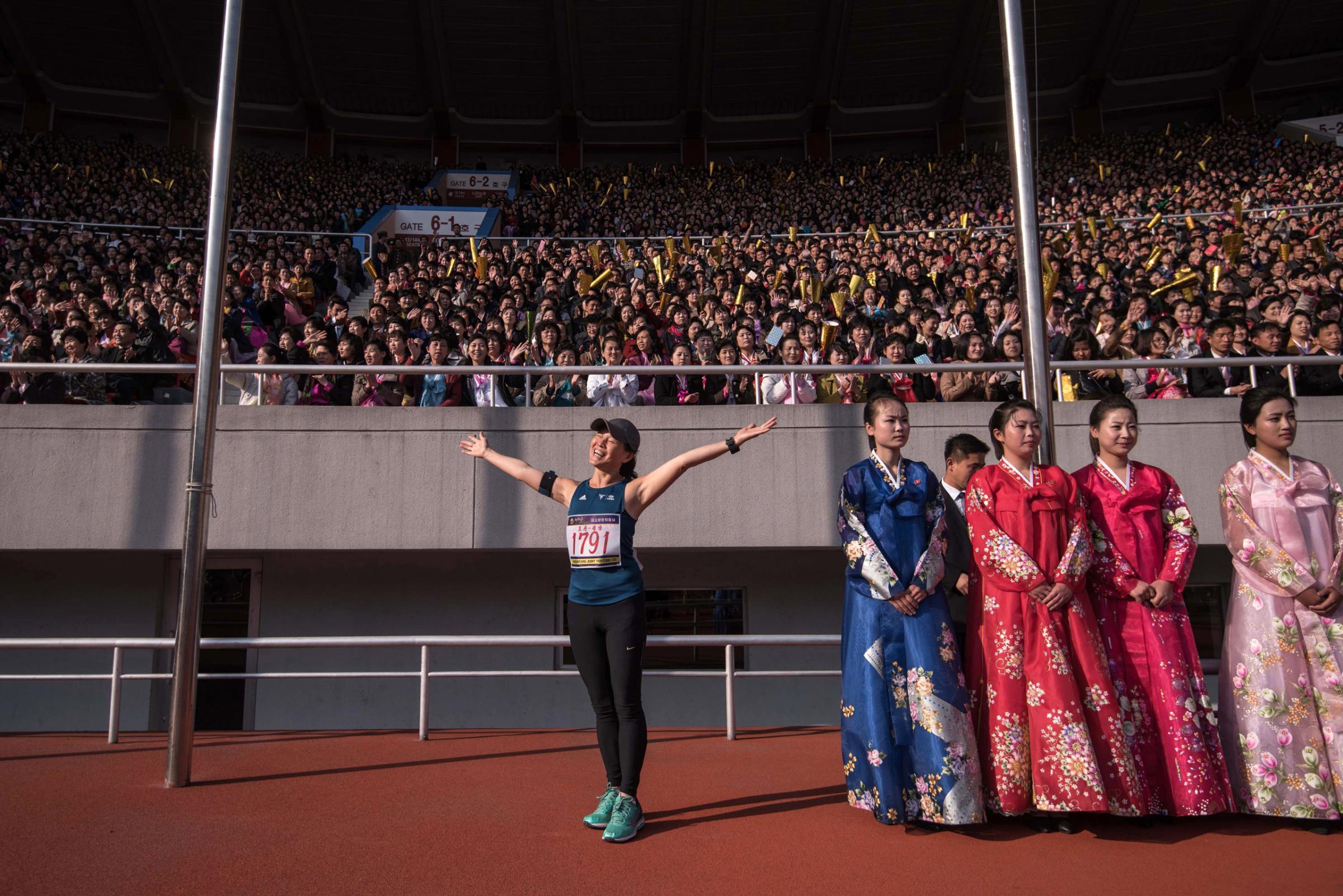
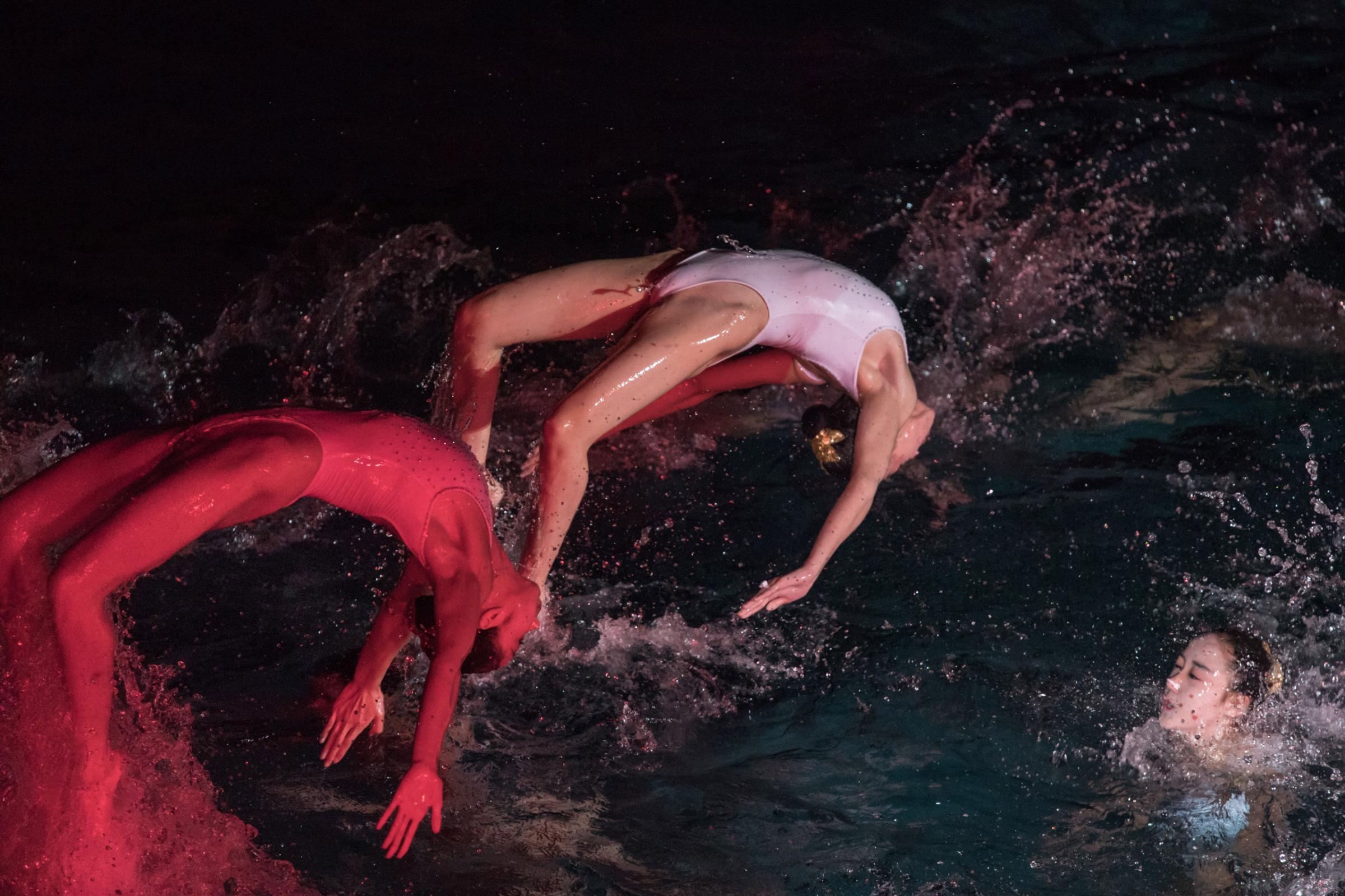
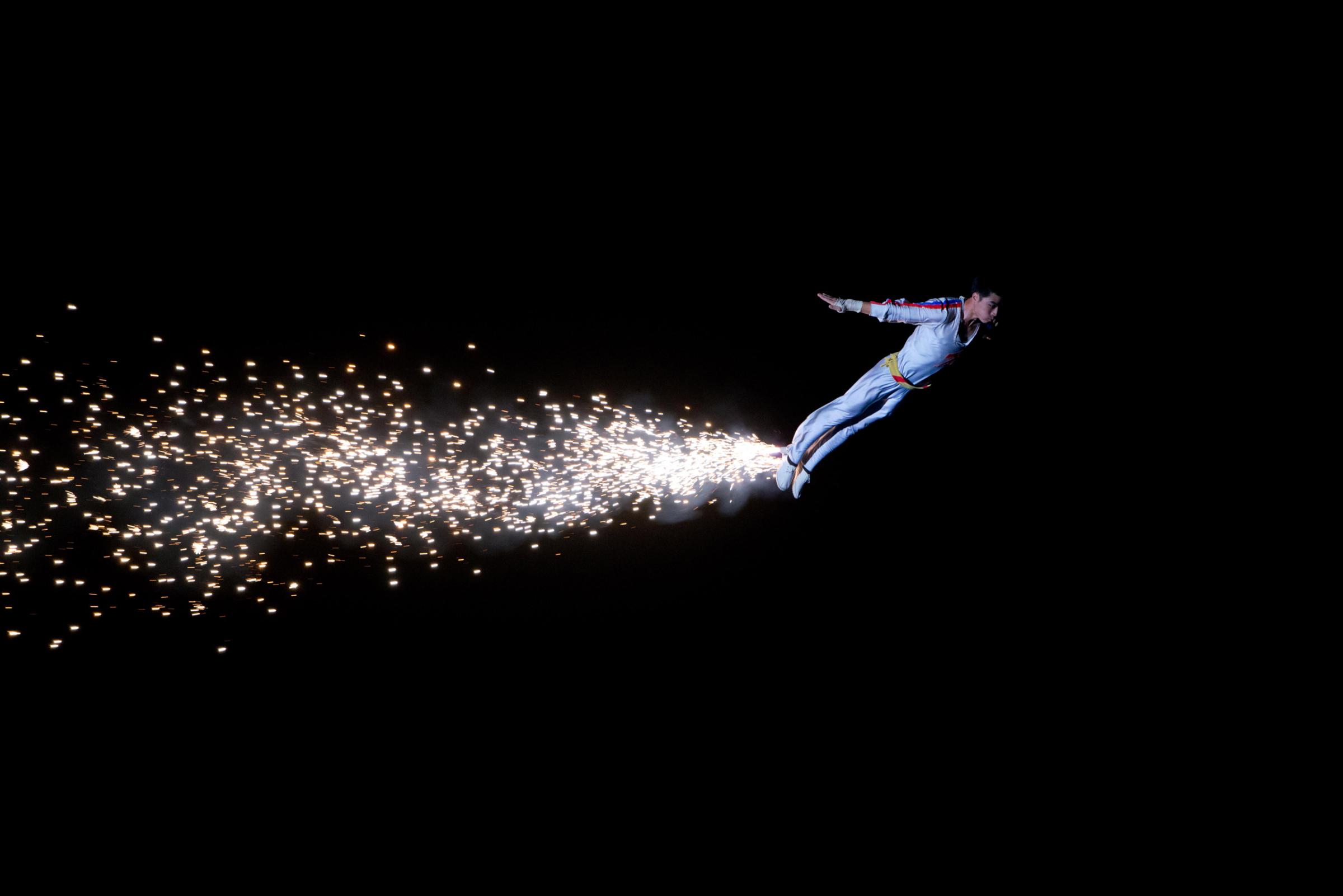
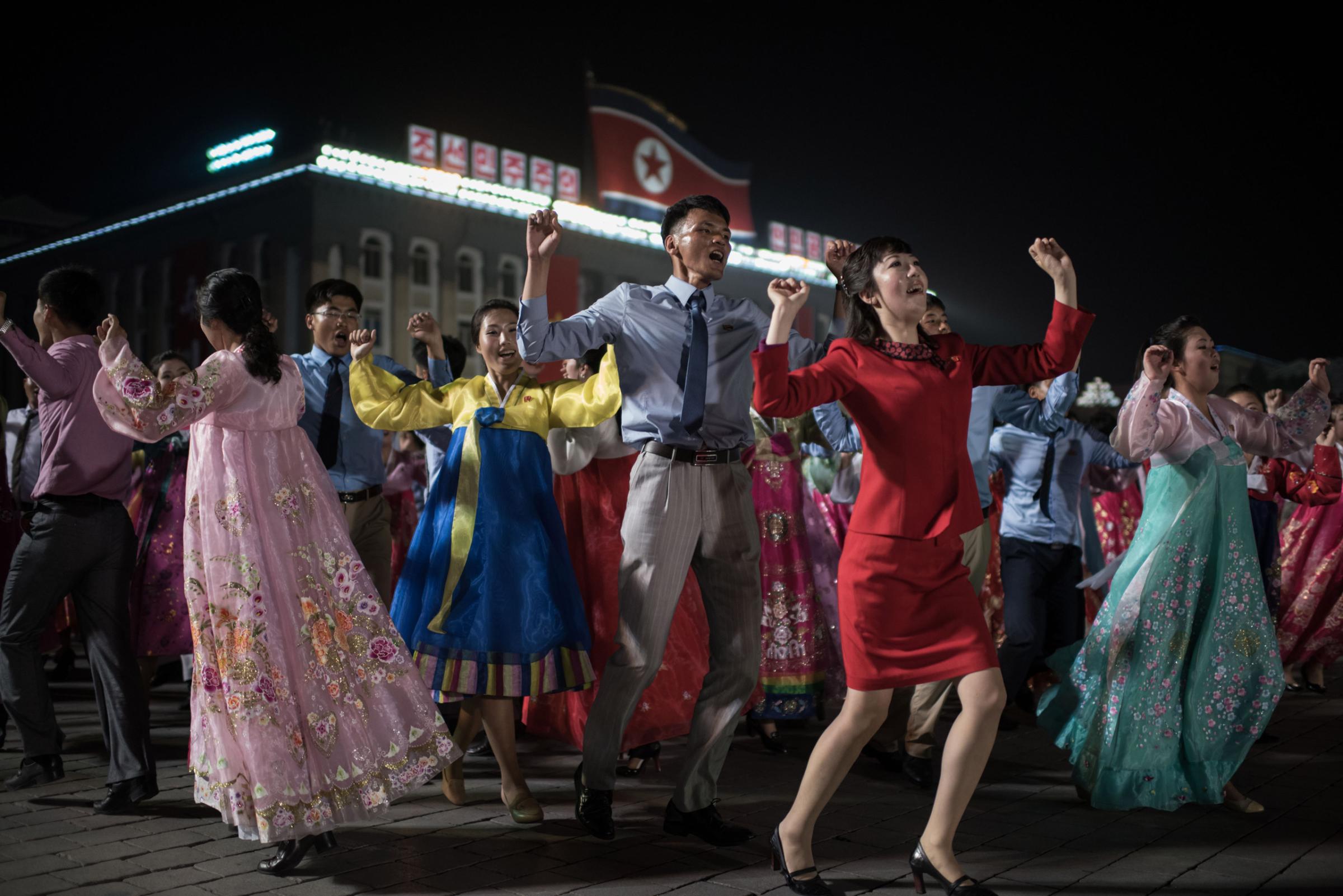
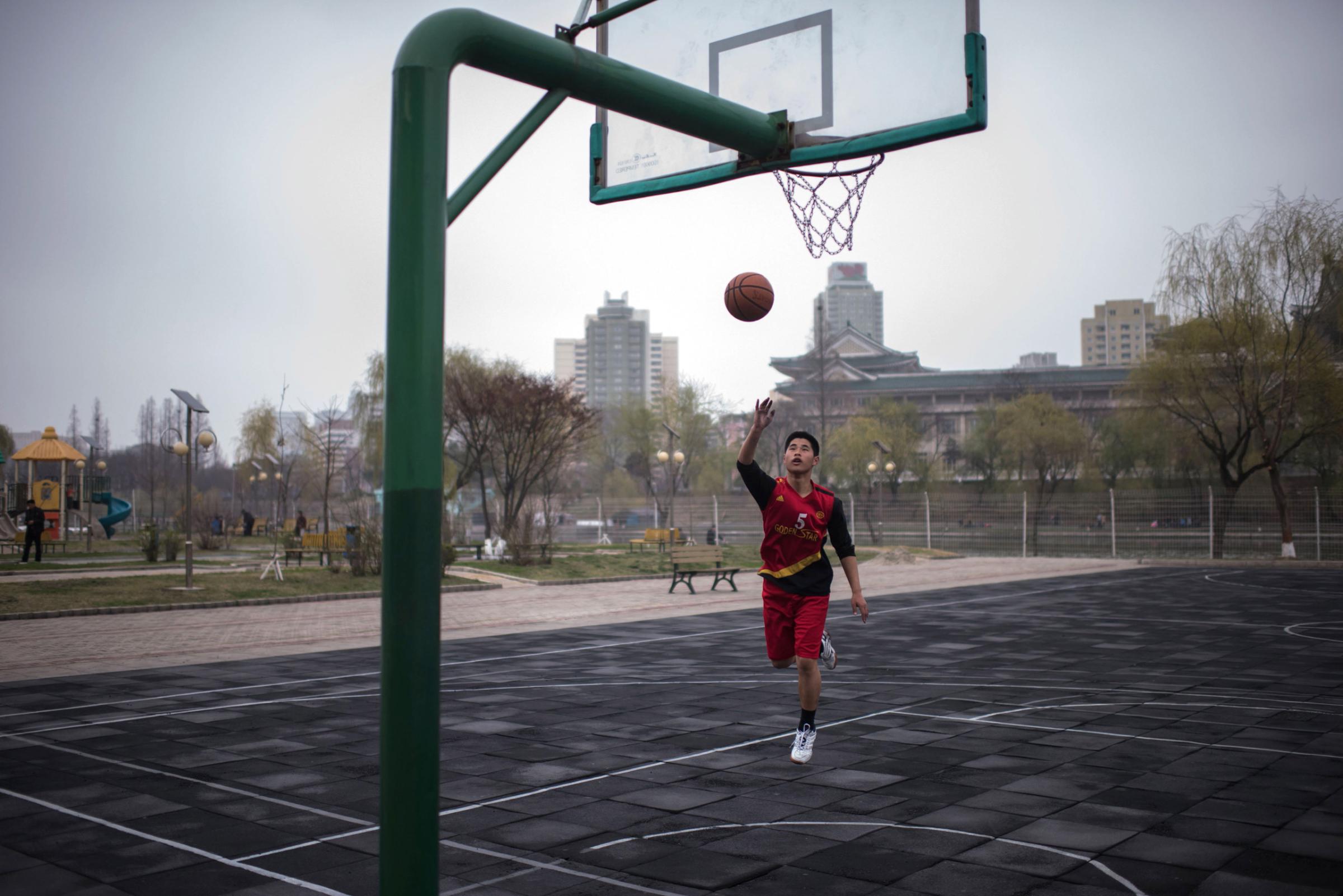
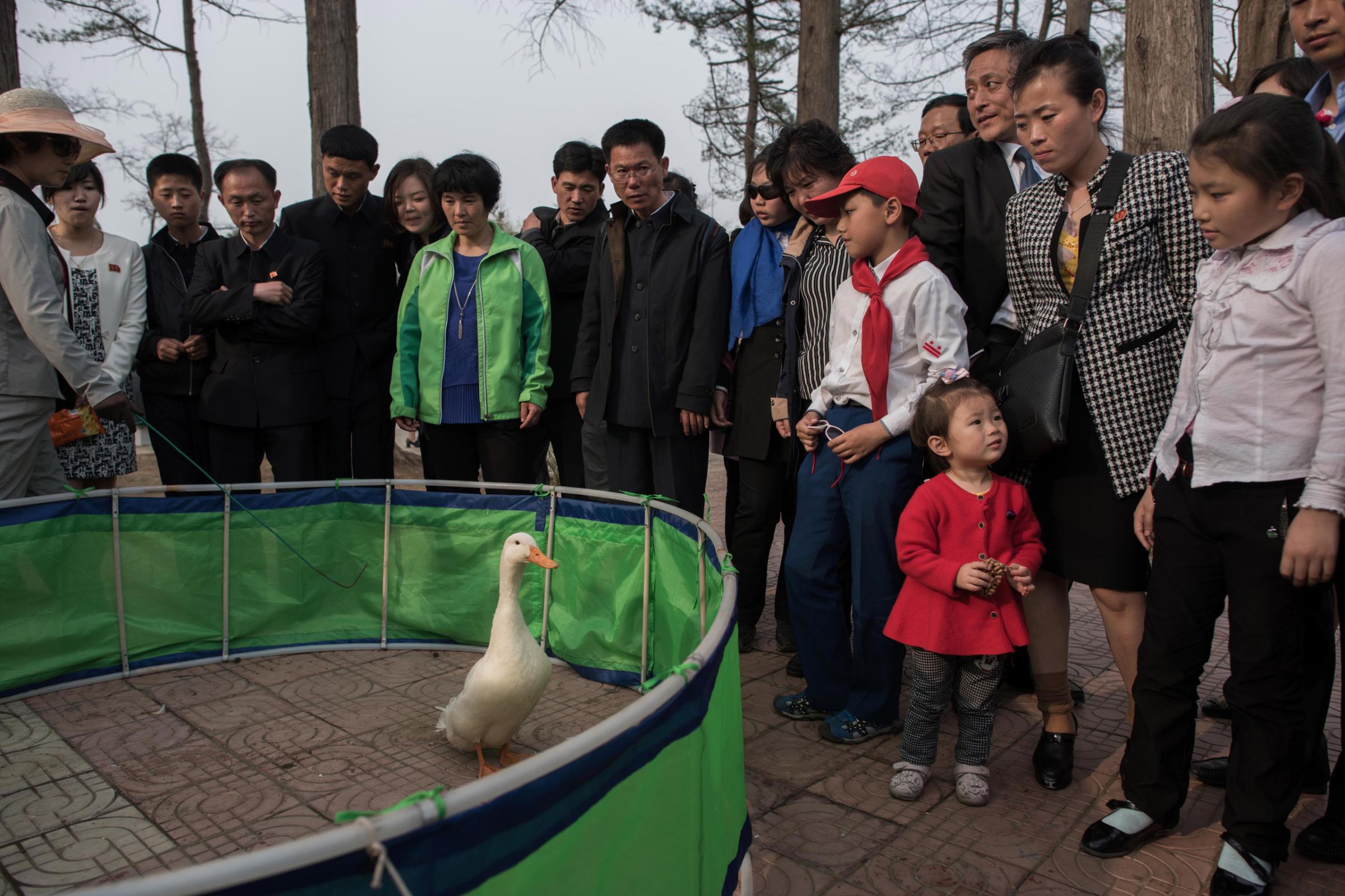
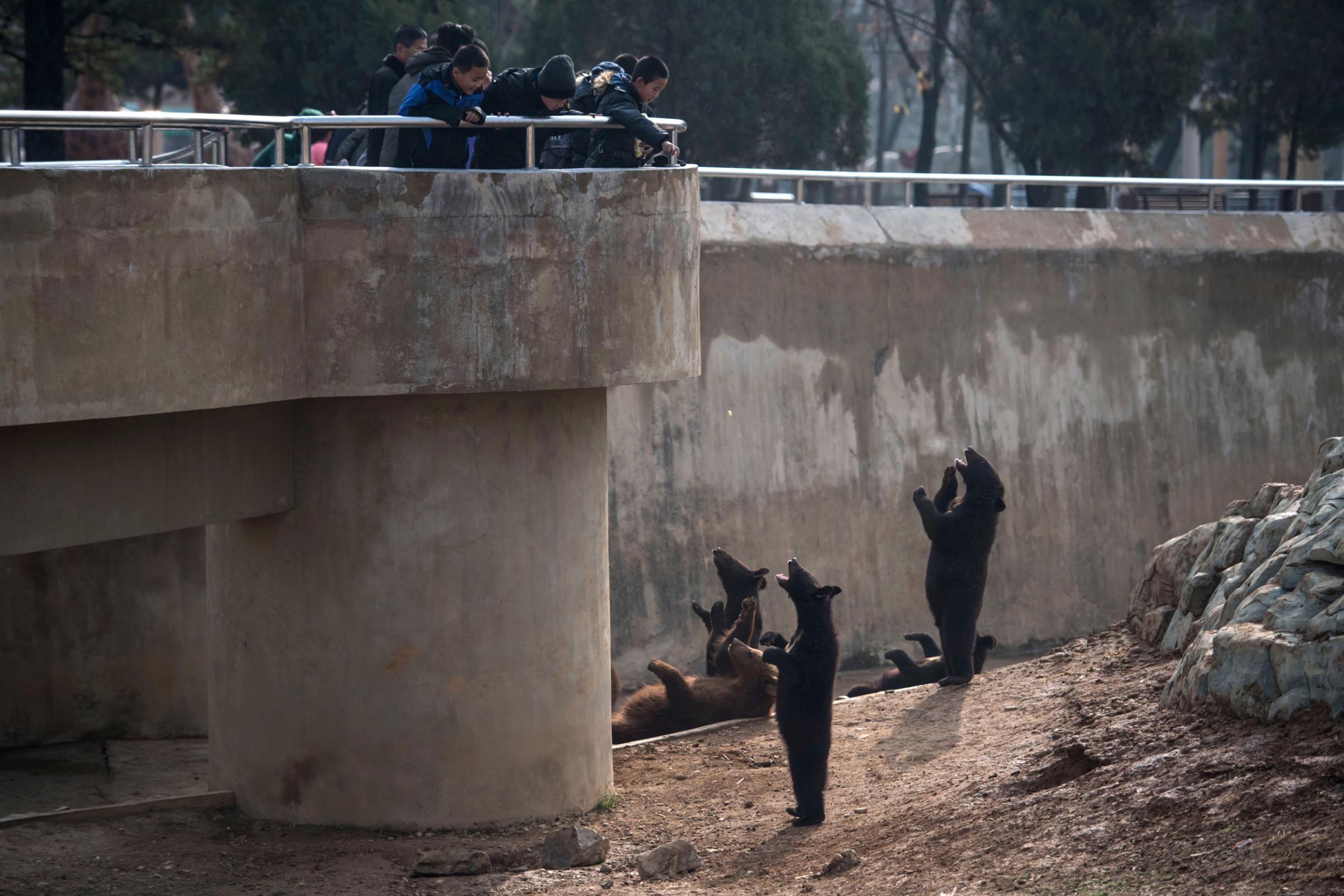

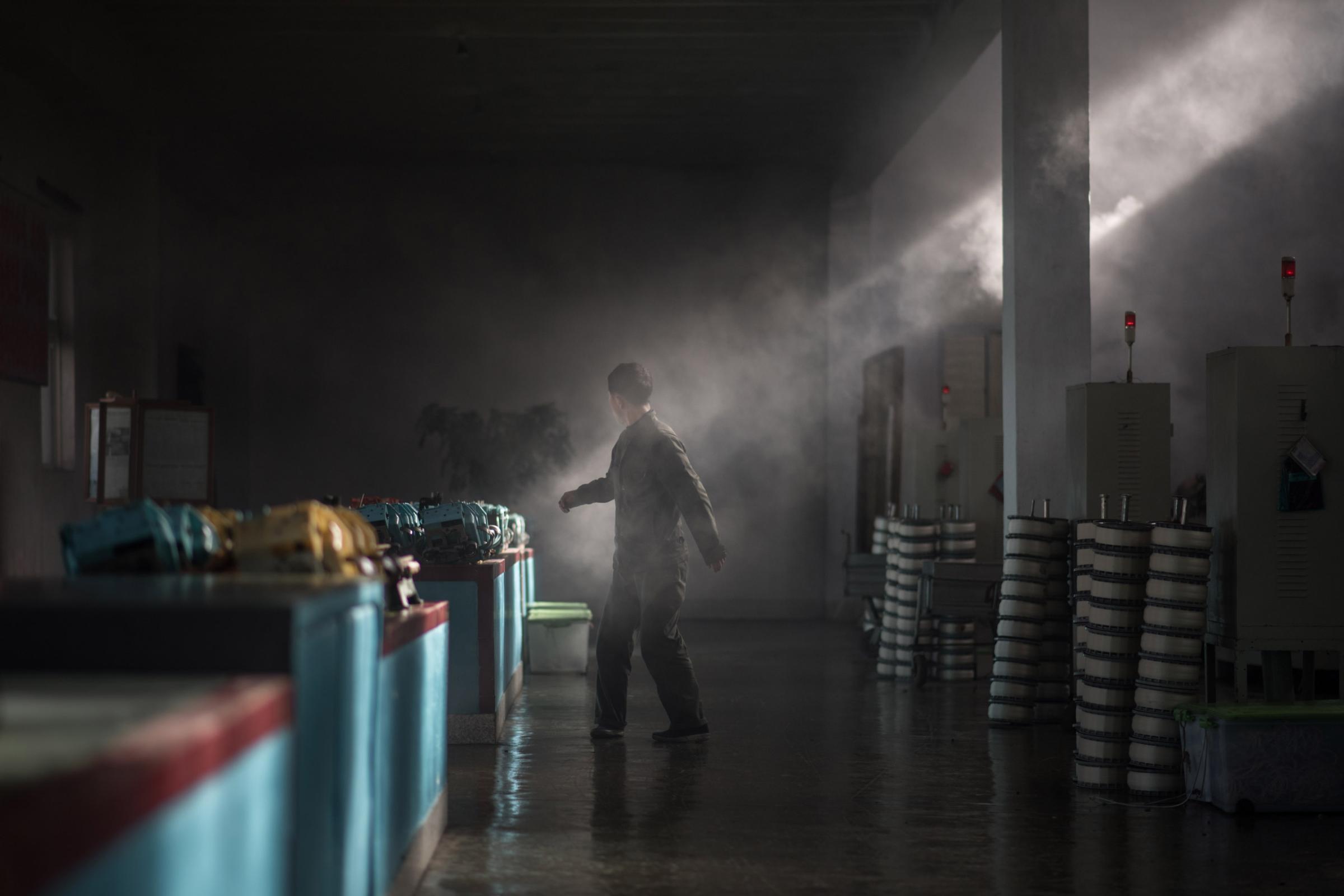
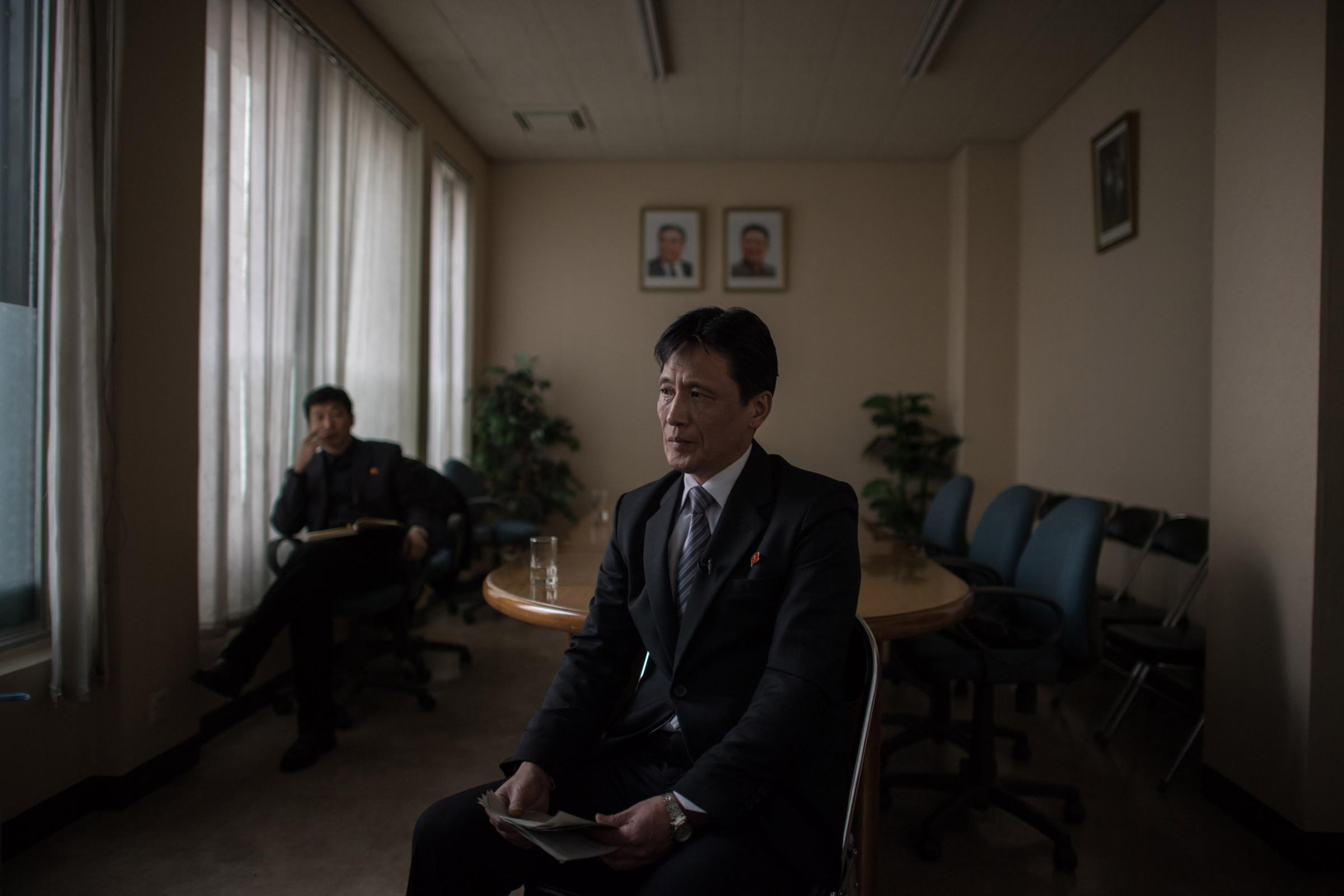
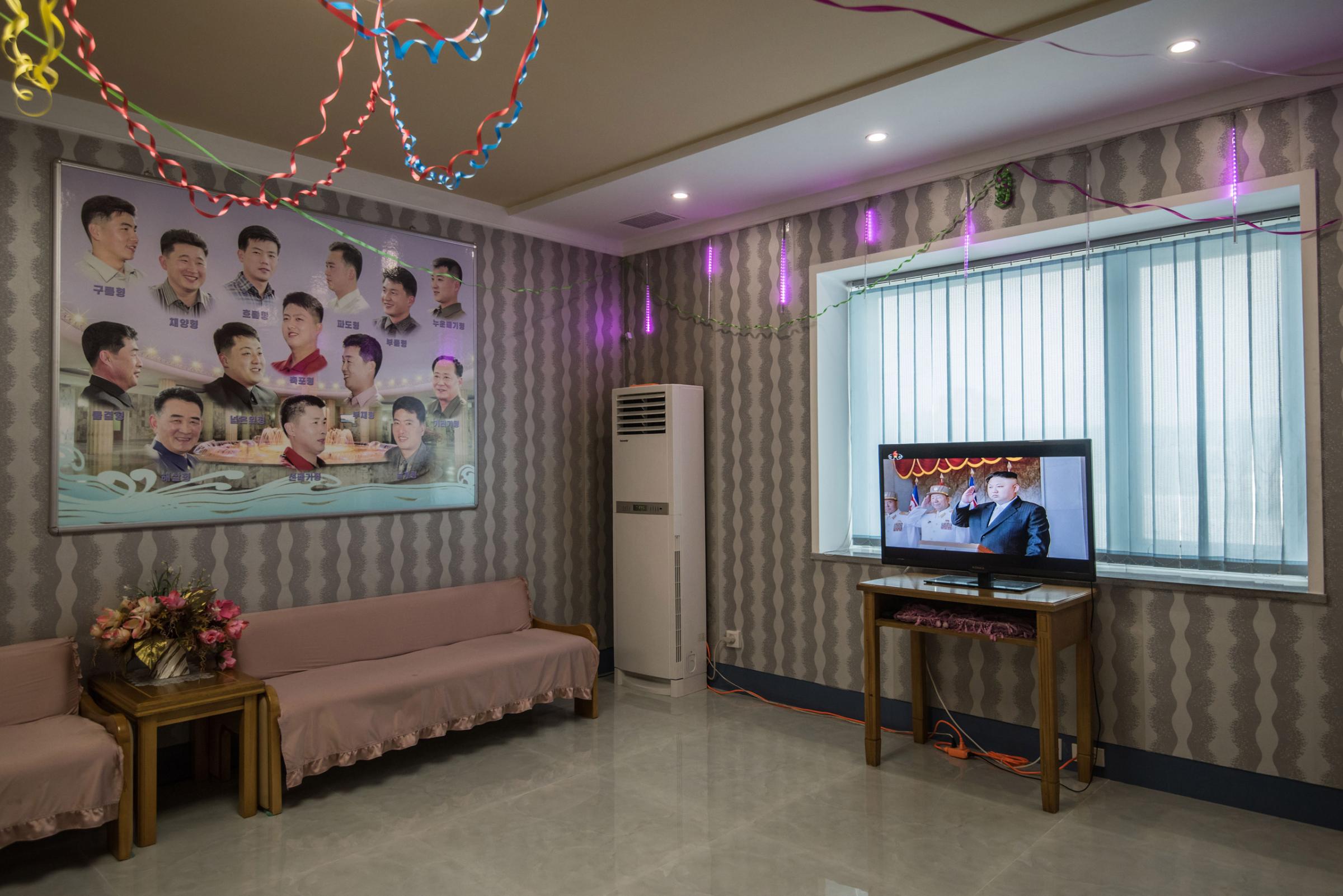
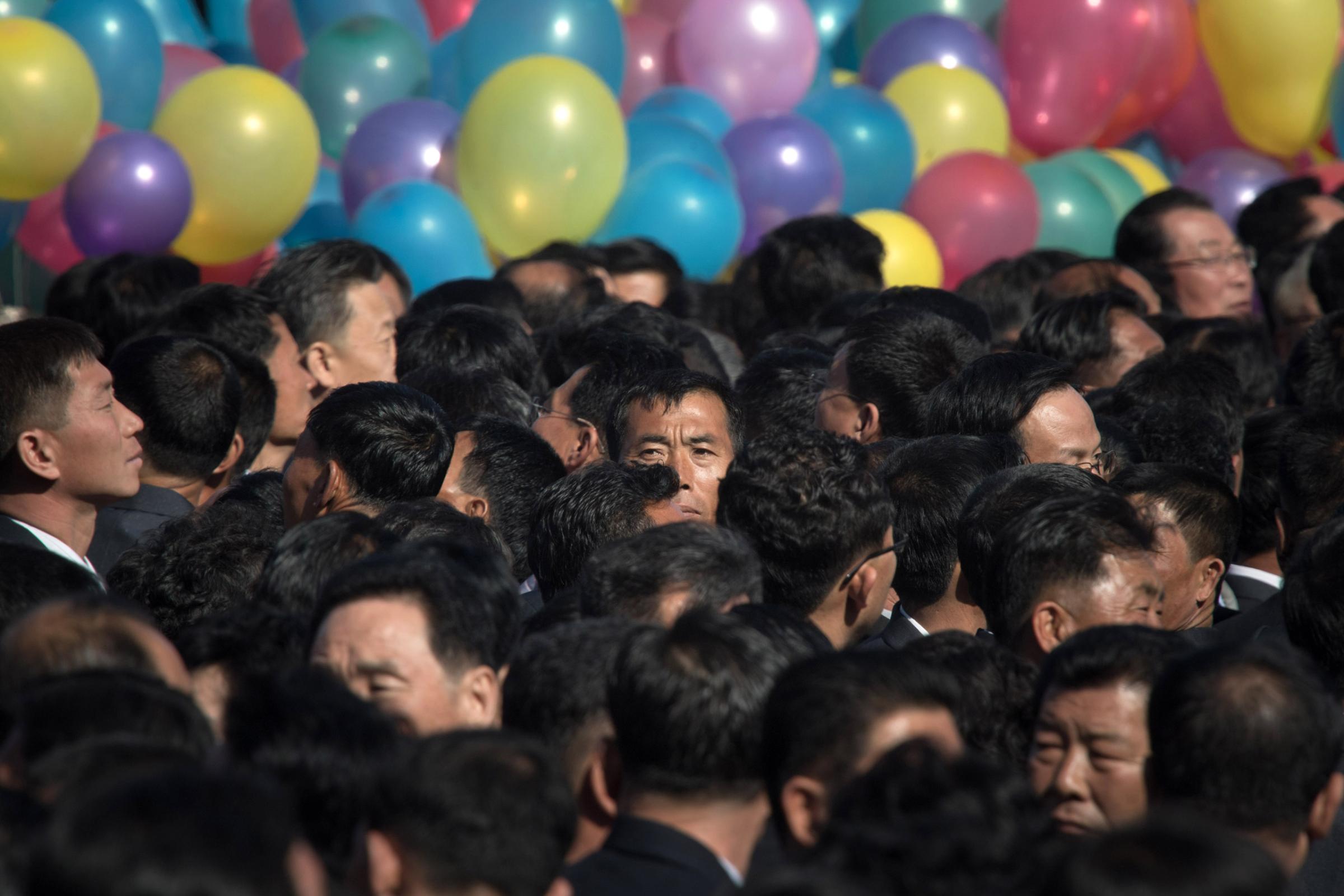

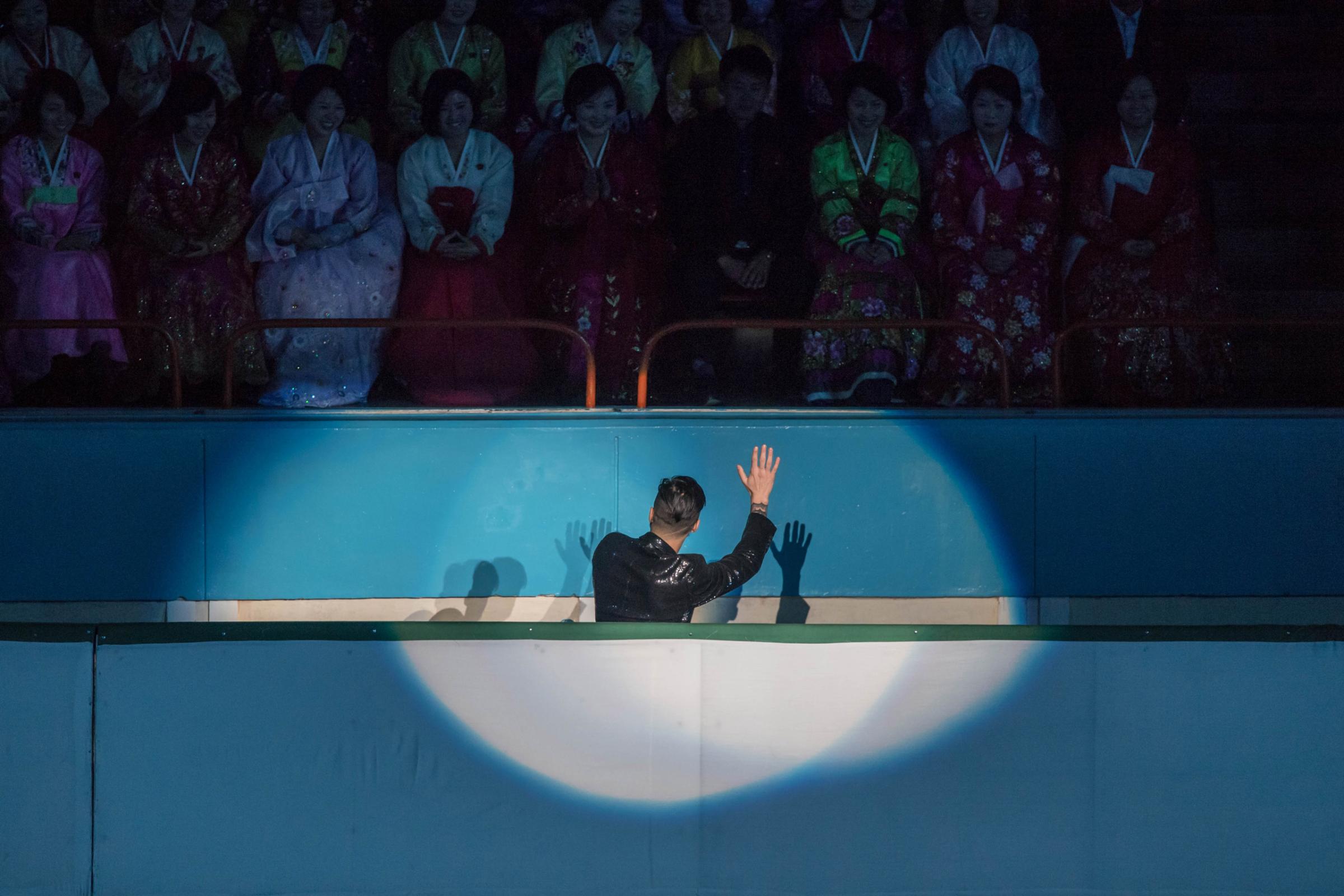
More Must-Reads from TIME
- Cybersecurity Experts Are Sounding the Alarm on DOGE
- Meet the 2025 Women of the Year
- The Harsh Truth About Disability Inclusion
- Why Do More Young Adults Have Cancer?
- Colman Domingo Leads With Radical Love
- How to Get Better at Doing Things Alone
- Michelle Zauner Stares Down the Darkness
Contact us at letters@time.com